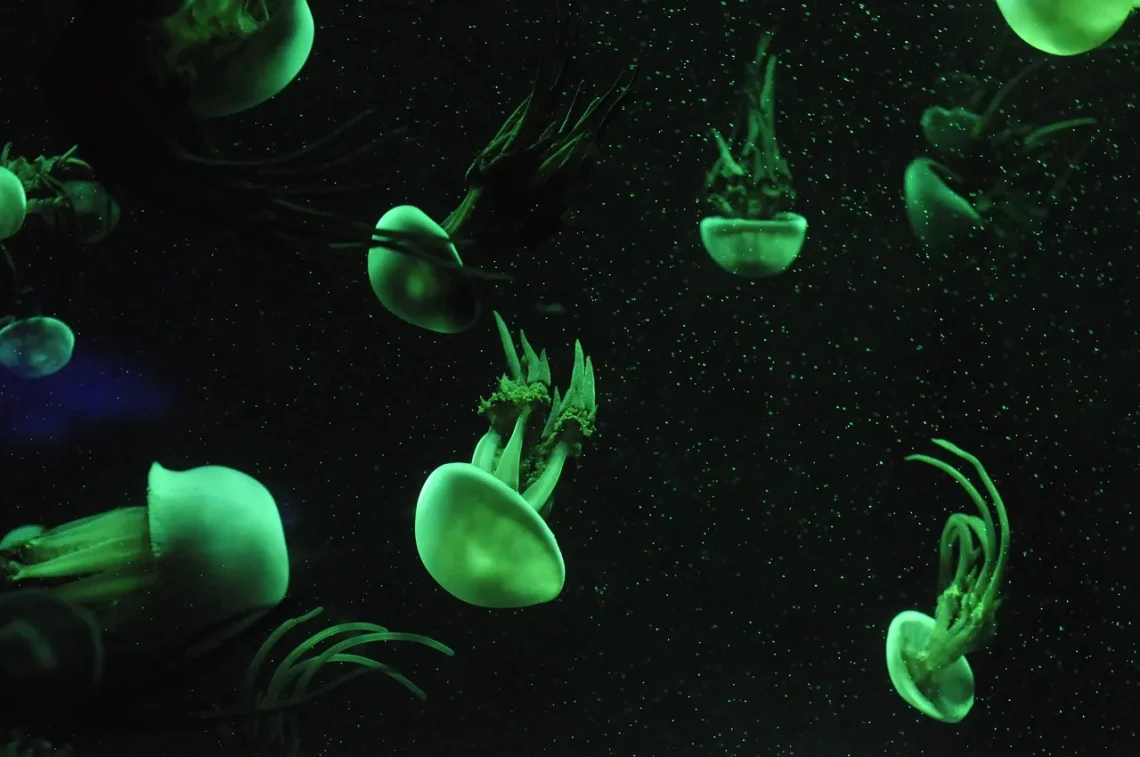
Do Nitrates Disappear Without Water Changes in Aquariums?
Aquariums can be a beautiful addition to any home, providing a serene and captivating environment filled with vibrant fish and lush aquatic plants. However, maintaining a healthy aquarium is not just about aesthetics; it requires a keen understanding of the ecosystem that exists within the tank. One of the critical aspects of aquarium maintenance is managing water chemistry, particularly the levels of nitrates. High nitrate levels can lead to various problems, including algae blooms and poor fish health, making it crucial for aquarists to monitor and manage these compounds effectively.
Nitrates are a byproduct of fish waste, uneaten food, and decaying organic matter. In a closed system like an aquarium, these compounds can accumulate over time, especially in tanks with high bioloads. While many aquarium enthusiasts rely on regular water changes to dilute nitrates, there are other methods to manage their levels. Understanding the dynamics of nitrates in aquariums is essential for anyone looking to create a thriving aquatic environment. This article delves into the behavior of nitrates in aquarium ecosystems, exploring whether they can effectively disappear without the intervention of water changes.
Understanding Nitrates and Their Sources
Nitrates are nitrogen compounds that play a significant role in aquatic ecosystems. They are typically formed through the nitrogen cycle, a natural process that converts ammonia, produced by fish waste and decaying matter, into nitrite and then into nitrate. While nitrates are less toxic than ammonia or nitrite, elevated levels can still be harmful to fish and aquatic plants.
In an aquarium, several factors contribute to the accumulation of nitrates. The most common source is fish waste, which contains ammonia that bacteria convert into nitrites and subsequently into nitrates. Uneaten food is another contributor, as it decomposes and releases ammonia into the water. Additionally, decaying plant matter can add to the nitrate levels, especially in tanks with overgrown or dying plants.
Understanding these sources allows aquarists to implement strategies to manage nitrate levels effectively. Regular feeding schedules and portion control can help minimize uneaten food, while maintaining healthy plant life can assist in absorbing nitrates. Moreover, incorporating live plants into the aquarium can create a more balanced ecosystem, as they utilize nitrates as a nutrient source for growth. By understanding the origins of nitrates, aquarists can take proactive measures to prevent excessive buildup in their tanks.
Natural Processes That Affect Nitrate Levels
While water changes are a common method for controlling nitrate concentrations, there are several natural processes within the aquarium that can influence nitrate levels. These processes include biological filtration, plant uptake, and denitrification.
Biological filtration is one of the most critical aspects of maintaining water quality in an aquarium. Beneficial bacteria inhabit the filter media and convert harmful ammonia into nitrites and then into nitrates. While this process does lead to an accumulation of nitrates, the presence of healthy bacteria is essential for overall tank health. It’s important to strike a balance between having enough beneficial bacteria to process waste and managing nitrate levels through other means.
Plant uptake is another natural method for managing nitrates in an aquarium. Aquatic plants absorb nitrates as part of their nutrient intake, effectively reducing their concentration in the water. By adding a variety of plants to your aquarium, you can create a natural filtration system that helps to maintain lower nitrate levels. Fast-growing plants, in particular, are efficient at utilizing nitrates, making them an excellent choice for nitrate management.
Denitrification is a process carried out by specific bacteria that convert nitrates into nitrogen gas, which is then released into the atmosphere. This process typically occurs in low-oxygen environments, such as deep substrate layers or anaerobic zones in the aquarium. While denitrification can significantly reduce nitrate levels, it is often a slower process and may not be sufficient to manage high nitrate concentrations on its own.
In summary, while water changes are a crucial tool for managing nitrates, several natural processes can also contribute to their reduction. By understanding and promoting these processes, aquarists can create a more balanced and sustainable aquarium environment.
Alternatives to Water Changes for Nitrate Management
For aquarists looking for alternatives to water changes, several strategies can help manage nitrate levels effectively. These methods include the use of nitrate-absorbing media, implementing a well-planned feeding regimen, and introducing specialized organisms.
One of the most effective alternatives is to use nitrate-absorbing media in the aquarium filter. These products, often made from materials like zeolite or specific types of resin, can chemically bind nitrates, effectively reducing their concentration in the water. Regularly replacing or regenerating these media can provide a consistent method for managing nitrate levels without the need for frequent water changes.
Another strategy is to optimize the feeding schedule for the fish. Overfeeding is a common mistake among aquarium enthusiasts, leading to increased waste and higher nitrate levels. By feeding only what the fish can consume in a few minutes and removing any uneaten food promptly, aquarists can significantly reduce the amount of waste that contributes to nitrate accumulation. Additionally, incorporating a varied diet that includes live or frozen foods can help improve fish health and minimize waste.
Introducing specialized organisms, such as certain species of shrimp or snails, can also assist in managing nitrate levels. These creatures often consume decaying matter and uneaten food, helping to keep the tank clean. Moreover, certain types of fish or invertebrates may also help in controlling algae growth, which can indirectly affect nitrate levels.
In conclusion, while water changes are a common method for managing nitrates, several alternatives can be employed effectively. By utilizing nitrate-absorbing media, optimizing feeding practices, and introducing beneficial organisms, aquarists can maintain a healthy aquarium environment without relying solely on water changes.
The Importance of Regular Monitoring and Maintenance
Regardless of the methods employed for managing nitrate levels, regular monitoring and maintenance remain essential components of successful aquarium management. Testing the water for nitrate concentrations and other parameters, such as ammonia, nitrite, and pH, should be a routine part of aquarium care. Testing kits are readily available and provide valuable information about the overall health of the tank.
Consistent monitoring allows aquarists to identify trends in nitrate levels and address any issues before they escalate. For instance, a sudden spike in nitrates may indicate overfeeding, inadequate filtration, or other problems that need immediate attention. By being proactive and addressing these issues, aquarists can maintain a stable and healthy environment for their aquatic inhabitants.
In addition to water testing, regular maintenance tasks, such as cleaning the substrate, trimming plants, and checking filter media, are crucial for preventing nitrate buildup. Keeping the aquarium environment clean and organized not only helps control nitrate levels but also promotes the overall well-being of fish and plants.
Moreover, understanding the specific needs of the fish and plants within the aquarium can guide maintenance practices. Different species have varying tolerances for nitrate levels, and some may thrive in environments that others find stressful. By tailoring care to the specific requirements of the tank’s inhabitants, aquarists can create a harmonious and thriving ecosystem.
In summary, regular monitoring and maintenance are essential for managing nitrates and ensuring the health of an aquarium. By employing a comprehensive approach that includes testing, cleaning, and understanding the needs of aquatic life, aquarists can create a sustainable and beautiful underwater world.
In conclusion, nitrates in aquariums can be managed effectively through various methods beyond just water changes. By understanding the sources of nitrates, promoting natural processes, and utilizing alternative management strategies, aquarists can maintain a healthy aquatic environment. Regular monitoring and maintenance are crucial for success, ensuring that fish and plants can thrive in a balanced ecosystem.
This article does not constitute medical advice. For any health-related concerns, please consult with a qualified healthcare professional.




